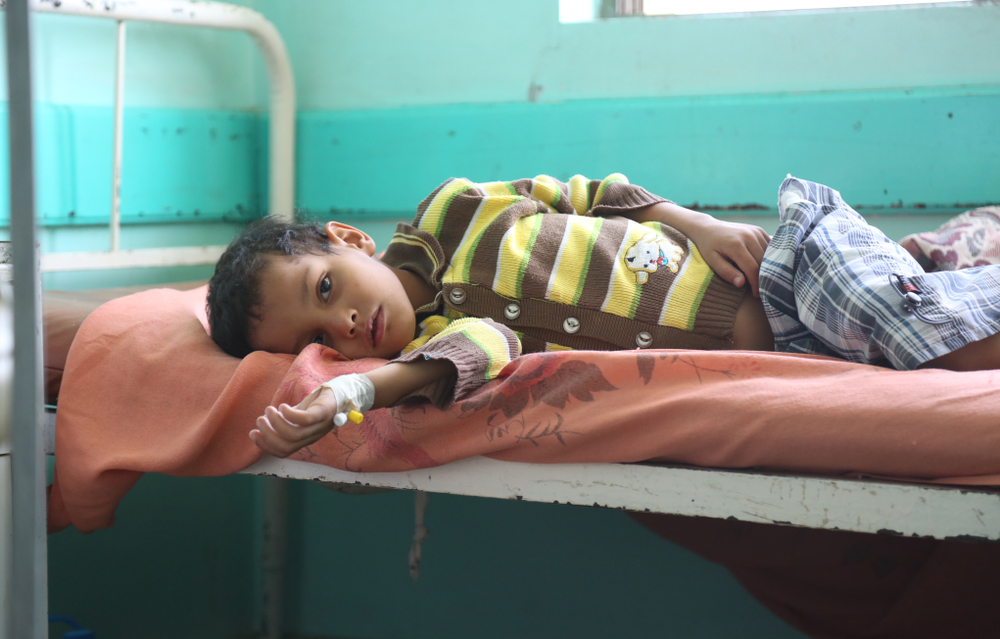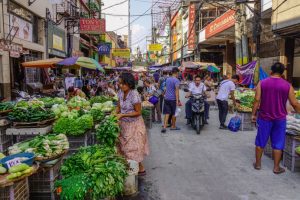Cholera, a potentially fatal waterborne disease, continues to pose a significant health risk in many parts of Asia. Caused by the bacterium Vibrio cholerae, cholera predominantly affects regions with poor sanitation and limited access to clean water.
In this article, we’ll discuss the causes, symptoms, and prevention of cholera, with a focus on Asia’s ongoing fight against this devastating disease.
Cholera Transmission: A Deadly Chain
Cholera spreads through the consumption of contaminated water or food. Inadequate sanitation and hygiene practices, such as open defecation, can exacerbate the spread of the disease. Floods and natural disasters often heighten the risk of cholera outbreaks by disrupting water and sanitation systems. Asia, with its diverse geography and climate, is particularly vulnerable to such events.
Recognising Cholera: Symptoms and Diagnosis
Cholera manifests as severe, watery diarrhoea, often accompanied by vomiting, rapid heart rate, and low blood pressure. Dehydration, a potentially life-threatening complication, can set in quickly if left untreated. Healthcare providers can diagnose cholera through stool samples or rectal swabs, and early detection is crucial for effective treatment.
A Regional Concern: Cholera in Asia
The World Health Organisation (WHO) estimates that there are up to four million cases worldwide each year, with the majority occurring in Asia and Africa. High-risk areas in Asia include Bangladesh, India, Nepal, and the Philippines. In 2017, a severe cholera outbreak in Yemen resulted in over one million suspected cases and thousands of deaths.
The Fight Against Cholera: Prevention and Control
Efforts to combat cholera focus on improving water, sanitation, and hygiene (WASH) practices. Key interventions include providing access to clean drinking water, constructing safe sanitation facilities, and promoting handwashing. Vaccination also plays a crucial role in control of the spread. The WHO recommends oral vaccines for high-risk populations and travellers to endemic areas.
Success Stories: Tackling Cholera in Bangladesh
Bangladesh, a cholera-endemic country, has made significant strides in prevention and control of this disease in recent years. The International Centre for Diarrhoeal Disease Research, Bangladesh has pioneered the use of oral rehydration therapy (ORT) to treat dehydration caused by cholera. This simple, cost-effective treatment has saved countless lives in Bangladesh and beyond.
ORT works by replenishing fluids and electrolytes lost during bouts of diarrhoea. The therapy involves a precise mix of salts and sugars dissolved in clean water, which facilitates the absorption of fluids into the body’s cells. This formulation helps to restore the balance of electrolytes in the body and aids in rehydration. When an individual is suffering from cholera, they can lose significant amounts of water and electrolytes rapidly due to severe diarrhoea. If left untreated, this can lead to extreme dehydration and even death. By providing ORT, the balance of fluids and electrolytes in the body is maintained, reducing the risk of severe dehydration and improving recovery.
Challenges and Solutions: Strengthening Asia’s Cholera Response
Despite progress in some areas, challenges remain in the battle against this deadly disease in Asia. Population growth, urbanisation, and climate change can increase the risk of potential outbreaks. Strengthening surveillance systems, investing in WASH infrastructure, and promoting community engagement are essential steps towards a cholera-free future in the region.
Conclusion: A United Front Against Cholera
The disease remains a formidable threat in many parts of Asia, but concerted efforts to improve sanitation, hygiene, and access to clean water can help turn the tide. Therefore, by recognising the signs and symptoms of cholera, supporting prevention and control measures, and working together as a community, we can stand strong in the fight against this deadly waterborne disease.













